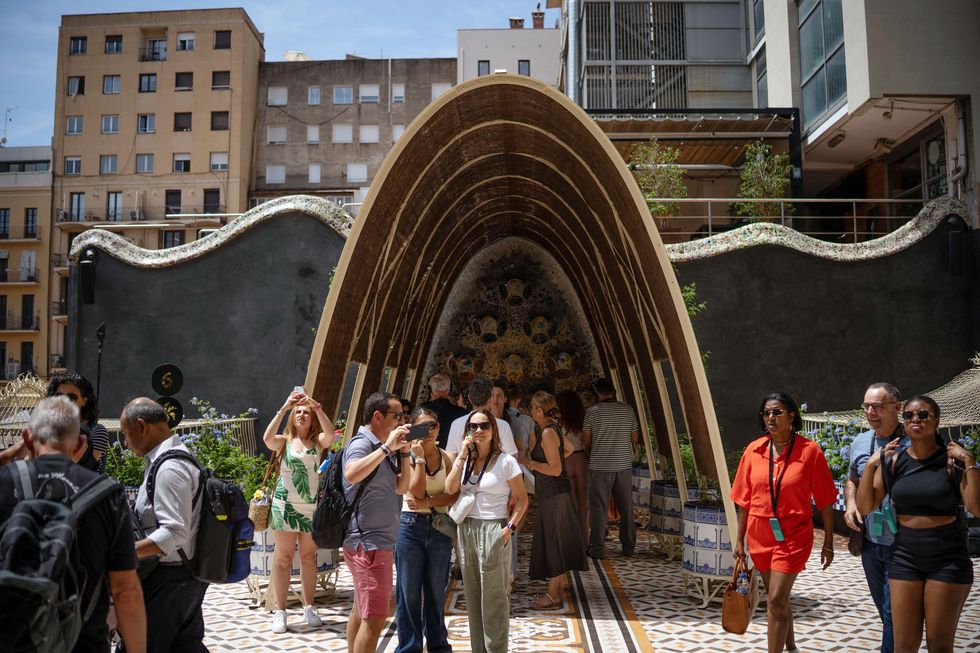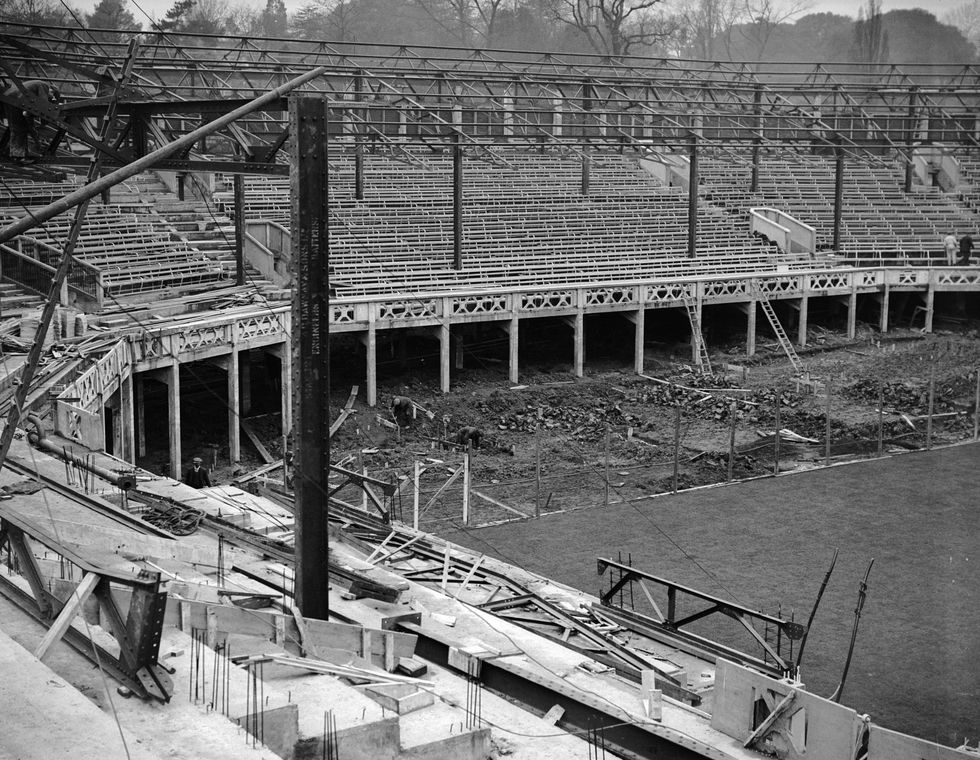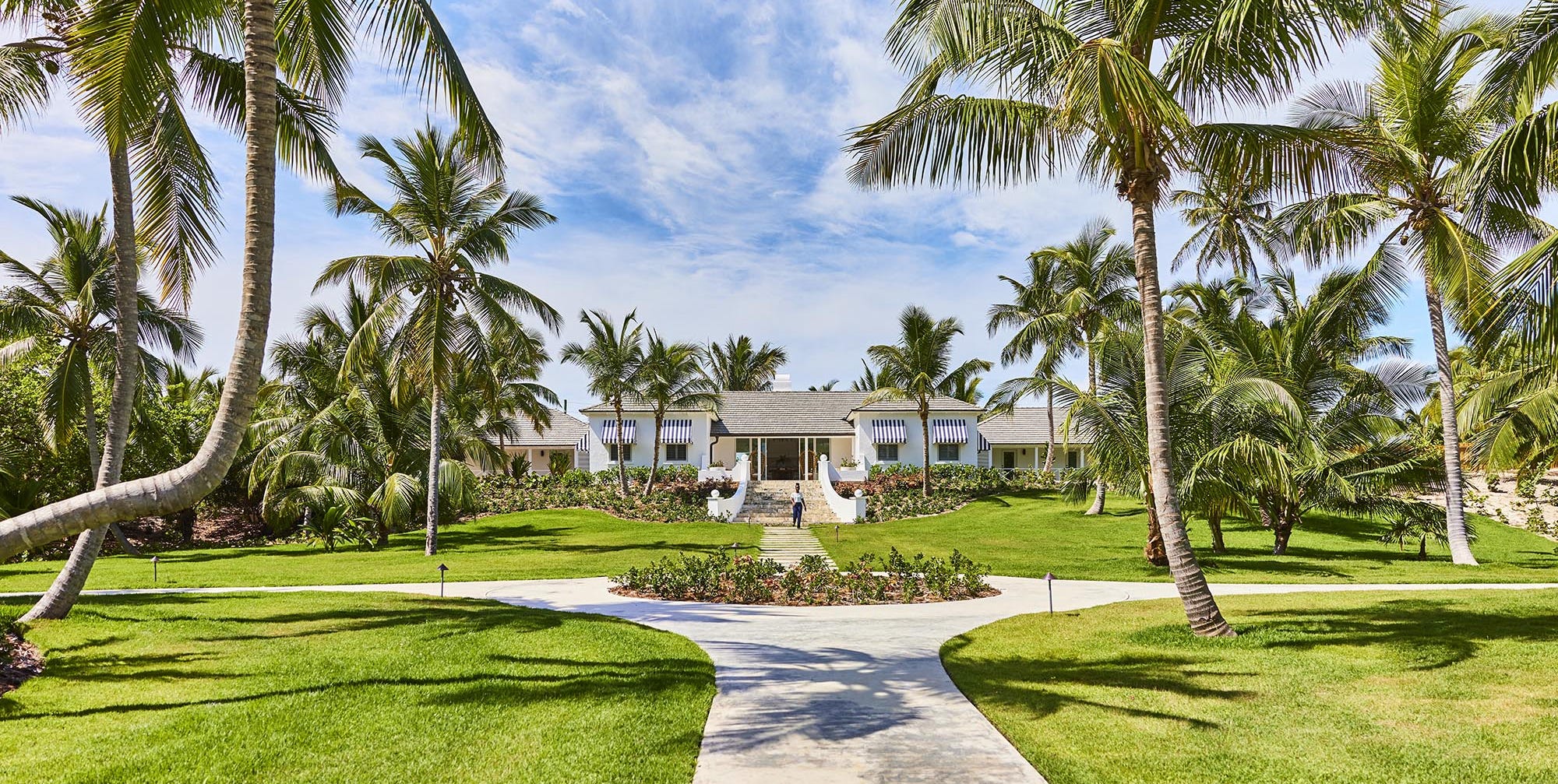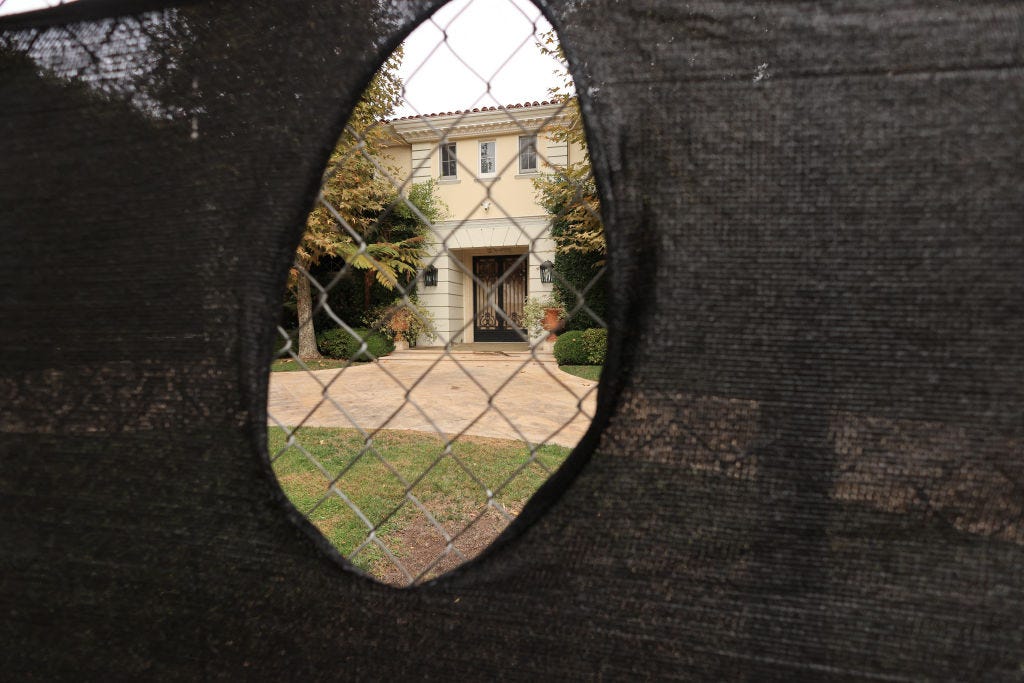One of the most popular tourist attractions in Barcelona, Casa Batlló, designed by Antoni Gaudí, has just unveiled a $4 million restoration to its back façade.
Originally built in 1877 for Lluís Sala Sánchez, it was purchased in 1903 by the textile industrialist Josep Batlló, who brought in Gaudí. By 1906, Casa Batlló had been given a complete overhaul, inside and out. Gaudí’s touches are in every detail, including the furniture. “Casa Batlló transports you to an alien-yet-familiar world with its abstract references to nature and the sea,» ELLE Decor A-List designer Rodney Lawrence told Camille Okhio for our Summer 2023 issue. “This space taught me the importance of creating interior architecture that can stand alone without anything else in it.”
Over the years, the house suffered through changes in ownership and the impact of the Spanish Civil War. Though its front facade saw the benefit of restoration efforts in the ‘50s and the ‘90s, the rear facade had lost much of its original Gaudí-inflected splendor.
Then, in 1993, it was purchased by the Bernat family, owners of Chupa Chups lollipops, who made it a mission to properly restore and maintain the building. By 2005 it was made a UNESCO-listed site, and by 2024, it was visited by almost two million visitors in a single year.
For the completed recent restoration of the back facade, experts in every medium brought its detail to life: from Gaudí’s trencadís mosaics, to the woodwork, the balconies, the iron railings, and the courtyard. And the difference is remarkable. Bright colors have been returned to Gaudí’s original, muted palette—gray stucco instead of cream, gentle green window frames, and light railings in place of black. “When we discovered the original colors, we couldn’t believe it,” said lead architect Xavier Villanueva. “The façade stood like the photographic negative of the original by Gaudí.”
To uncover the changes made since it was originally finished, the project’s teams referenced archival images and videos, and used stratigraphic tests, which helped tell the story of the original paint colors and how they’d changed over time.
To see an in-depth documentation of the process, visit the Case Batlló site, and stay tuned for the documentary about the process, slated to come out later this year.




